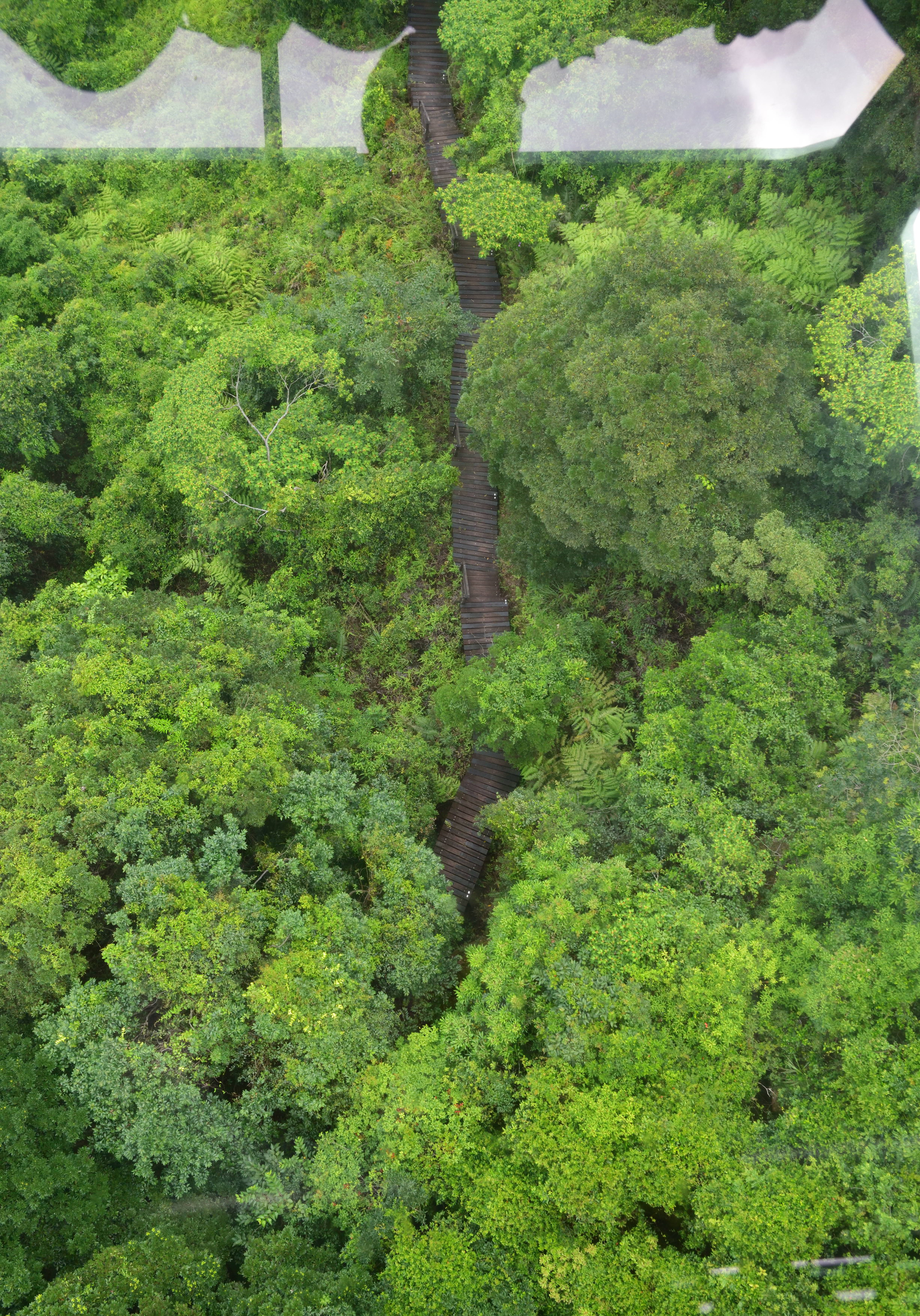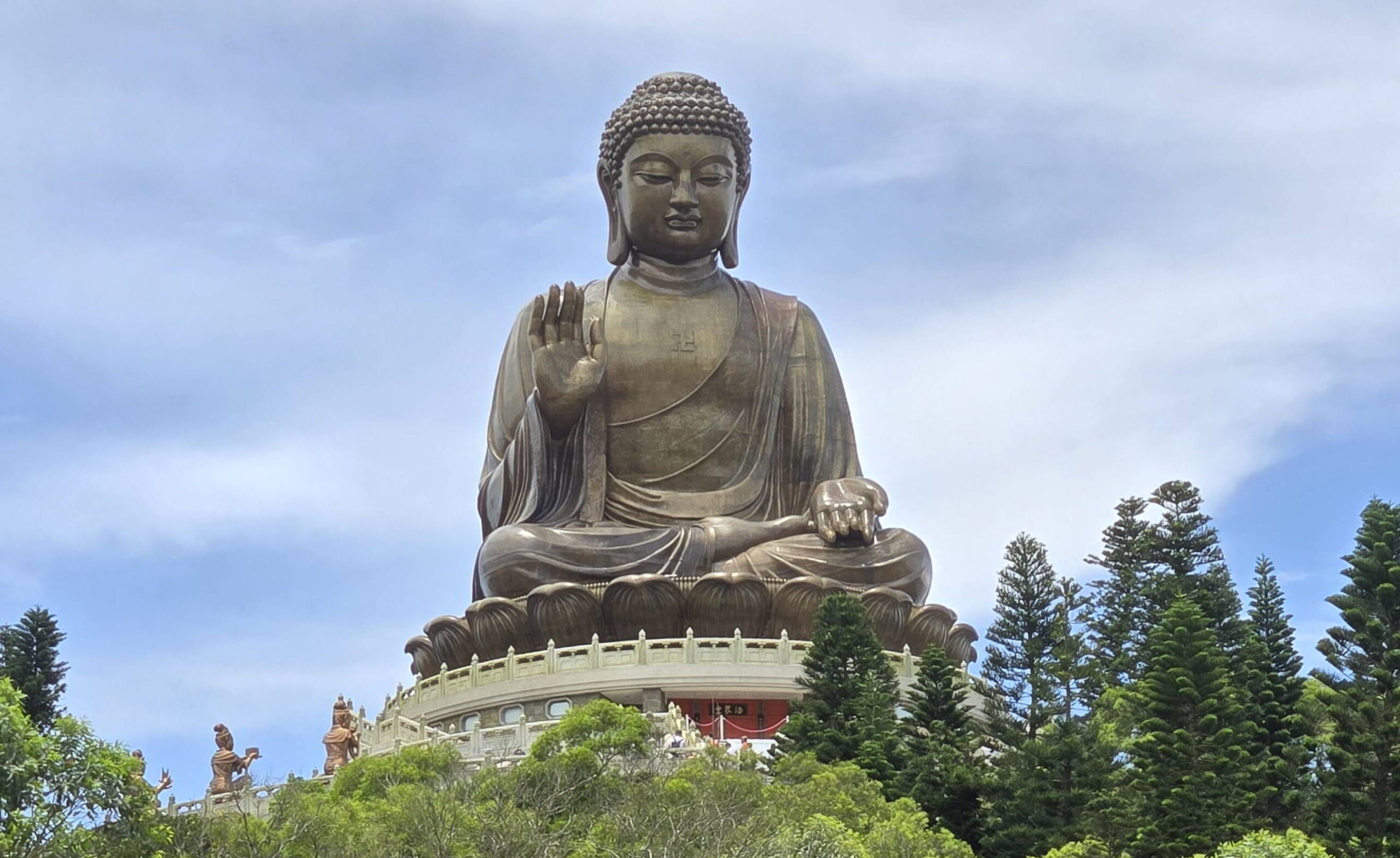The Big Buddha at Po Lin Monastery, Lantau Island, Hong Kong
The heritage of majestic Buddha, purity of lotus, and the calmness of an island make it an altar of heaven
After deciphering the MTR train route from Hong Kong to Tung Chung, we boarded the Ngong Ping 360 cable car bound for Lantau Island. The ride offered heart-stopping, panoramic views. We found it more enjoyable than the famed Jungfraujoch cable car ride in Switzerland. From our crystal cabin, with its transparent floors, we could gaze down. The hiking path beneath us kindled a thrilling sense of weightless exploration. The breathtaking landscape showcased mountains and bay waters dissolving into the horizon. Our journey to the Tian Tan Buddha commenced with a serene tea ceremony at Lingong Tea.
Tucked away at Mount Muk Yue’s base on Lantau Island, Po Lin Monastery basks in breathtaking natural splendor. The majestic Buddha statue, painstakingly crafted over 12 years, adheres to 32 scriptural physical marks, seamlessly merging Sui and Tang Dynasty aesthetics. More than 200 pieces were meticulously assembled to bring the plaster model to life as a bronze statue. Since its December 1993 unveiling, the Tian Tan Buddha has stood as an iconic Hong Kong landmark, radiating peace and prosperity. Having been awestruck by Nara, Japan’s great Buddha, I once more beheld the transcendent splendor of wisdom, peace, and enlightenment.

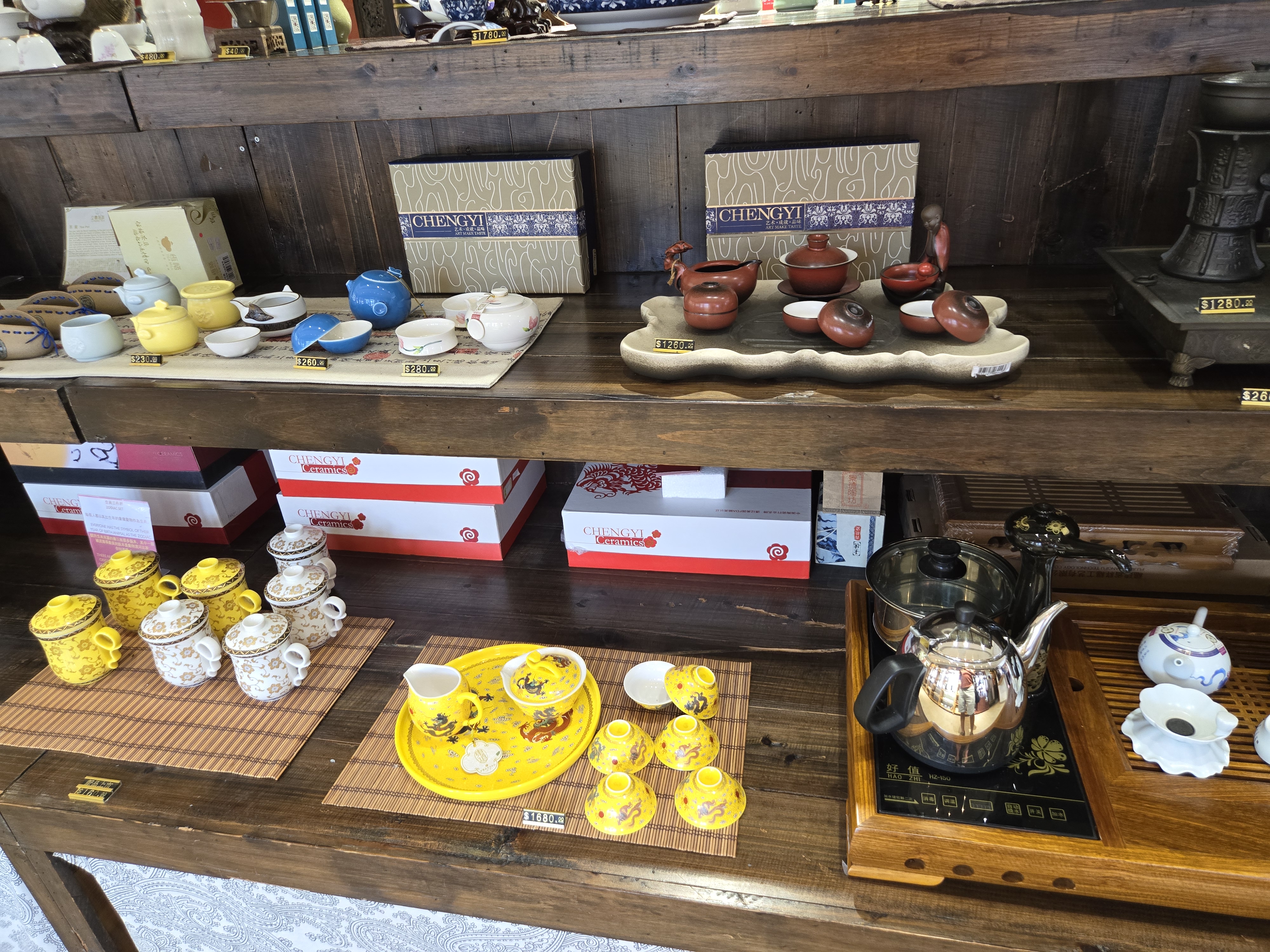
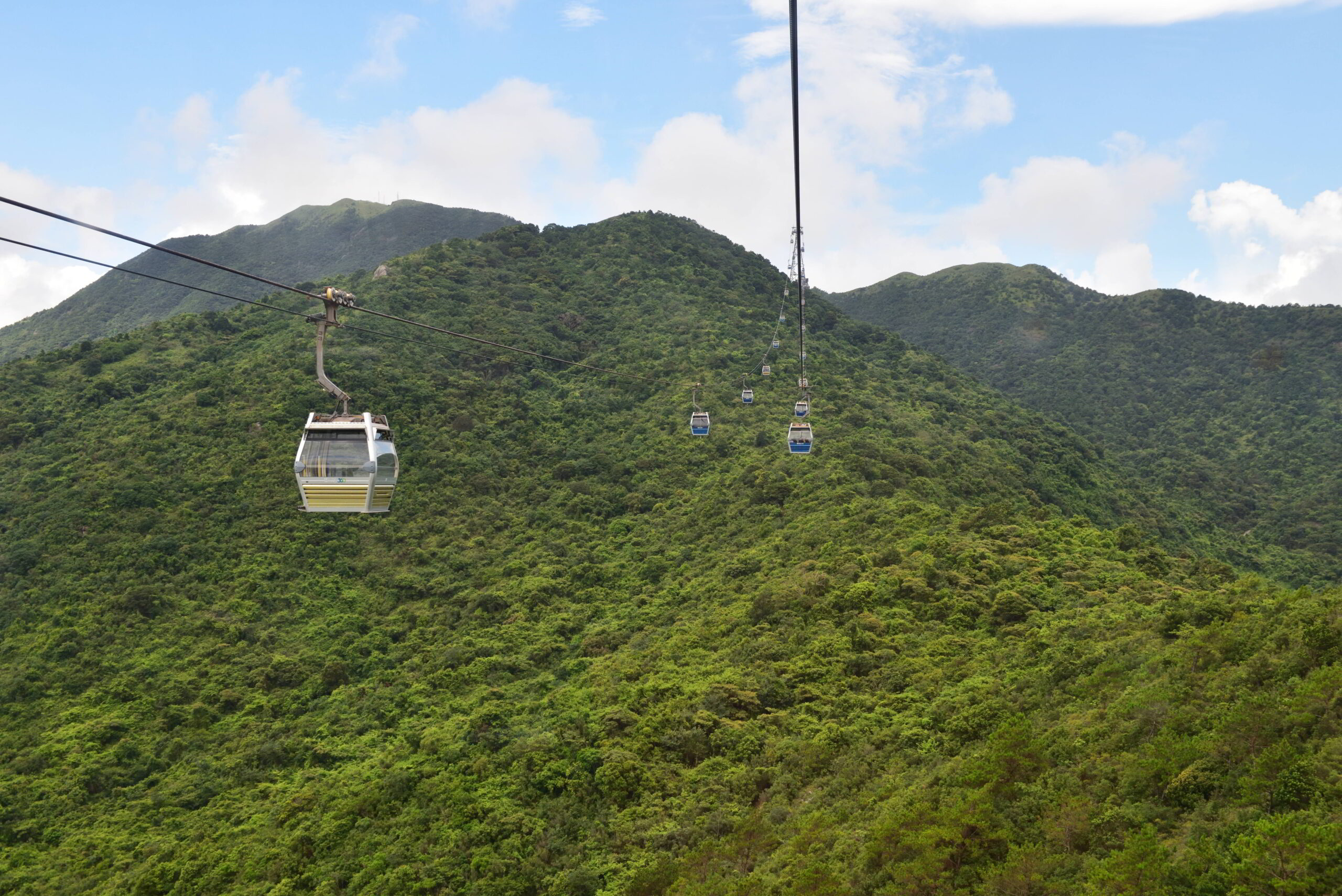
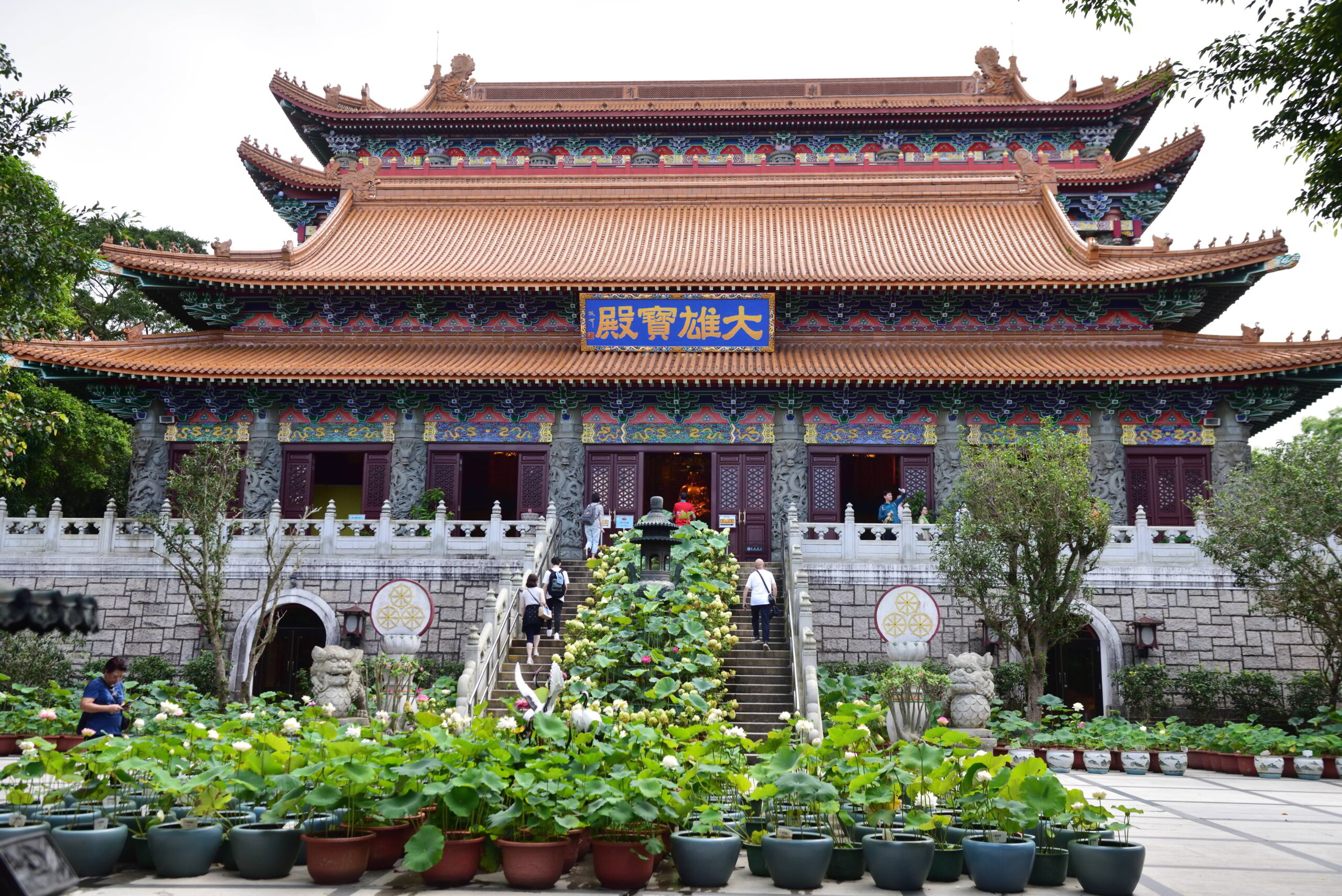
The Lotus and Buddhism, and the Meal
The lotus is a deeply revered symbol in yoga and meditation, closely associated with Buddhism. In Sanskrit, the lotus is “padma”, a word featured in the famous Tibetan Buddhist mantra “Om Mani Padme Hum”. Here, “Mani” means jewel. While the meanings of the seed syllables “Om” and “Hum” are complex and beyond the focus of this brief overview, the “Mani Padma” – the jewel lotus – is a potent symbol of wisdom, enlightenment, and purity. The perfected sage, Gautama Buddha, is often depicted seated in the lotus pose on a lotus throne. Furthermore, the Lotus Sutra is regarded as one of the most important scriptures in Mahayana Buddhism.
I went to Po Lin Monastery with my broken 24-70 /f2.8 lens, and but it did not have any impact on the quality of photos (all pictures in this page were taken with that lens). We were supposed to go to Nikon showroom from Tian Tan Buddha but I wasn’t feeling the urge. It was just yesterday when I was feeling so jittery after the lens broke but the ambience of Po Lin Monastery, expansive lotus garden, spectacular greenery with the surrounded mountains, and the magnificent Buddha had a tranquil effect on my nerves. The visit ended with a sumptuous lunch with warm beancurd that I never tested before.
